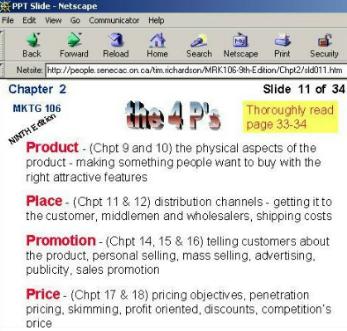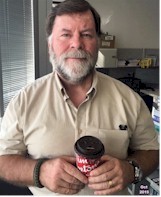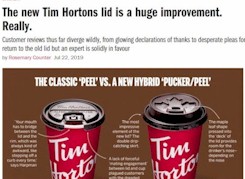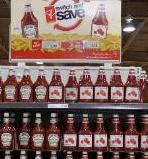4
e-P's for
email
marketing |
Seneca graduate
student Bei J. in the post-diploma program, emailed in early February 2007
to comment on a "new version" of the 4P's
Bei said
Hi,
Professor, I found one article talking about email marketing. Instead
of the traditional 4Ps-Product, Place, Promotion, and Price, this article
points out the new 4Ps for email marketing, including Permission,
Privacy, Profiling,
and Personalization. As
receiving emails becomes a more important thing in people's daily life,
we can not ignore the significant impact that email will bring on marketing.
Email is becoming an effective marketing tool in various areas. Therefore,
companies should apply appropriate tactics and rules in marketing through
email. The website were I found this, is:
www.e-bc.ca/pages/resources/email-marketing.php
Thank you., Bei J. |








